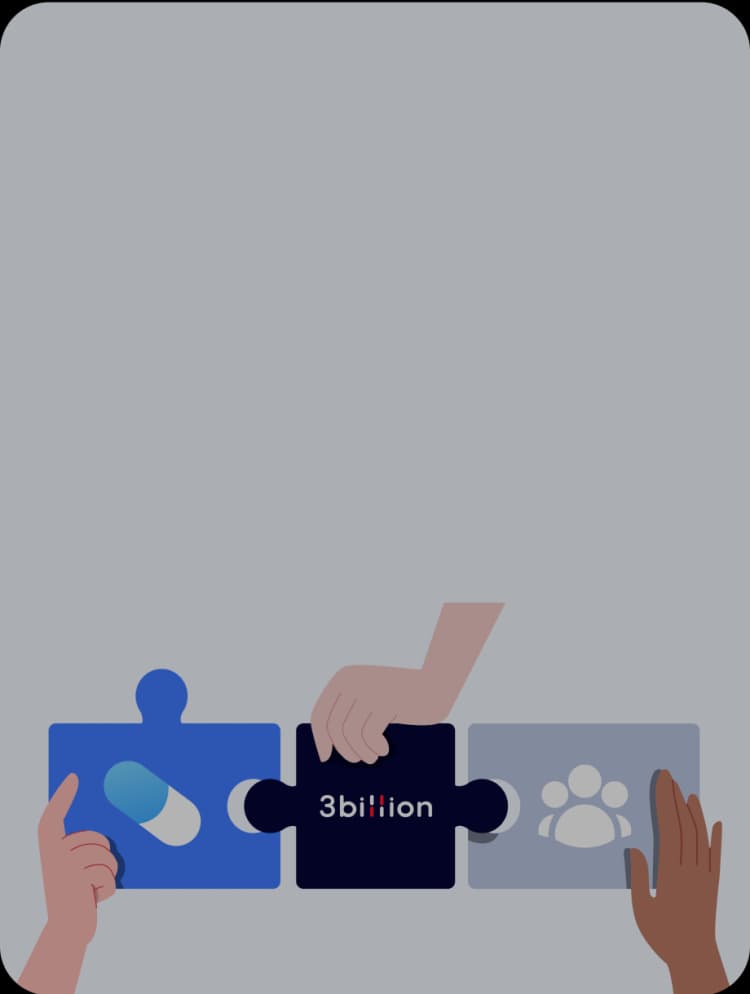How to Reduce Risks of Inherited Disorders
- Insights | 25. 02. 13

Inherited disorders are genetic conditions passed down from parents to their children. These conditions result from mutations in genes and can lead to serious health complications. While we cannot change our genetic makeup, advancements in genomic medicine offer ways to reduce risks through early detection, informed decision-making, and precision-based interventions.
Understanding Inherited Disorders
Inherited disorders can be classified into different categories based on their inheritance patterns:
Autosomal dominant disorders: Only one copy of the mutated gene from either parent can cause the condition (e.g., Huntington’s disease, Marfan syndrome).
Autosomal recessive disorders: Both copies of the gene must have mutations for the disorder to manifest (e.g., cystic fibrosis, sickle cell anemia).
X-linked disorders: These are associated with the X chromosome and can affect males more severely than females (e.g., Duchenne muscular dystrophy, hemophilia).
Mitochondrial disorders: These are inherited from the mother and affect energy production in cells.
Common Inherited Disorders
Some genetic conditions manifest early in life, while others may remain latent until adulthood. Some common inherited disorders include:
Cystic Fibrosis – A genetic disorder affecting the lungs and digestive system.
Sickle Cell Anemia – A blood disorder leading to abnormal red blood cells.
Huntington’s Disease – A neurological condition causing progressive brain degeneration.
Rare Genetic Disorders – Conditions affecting a small percentage of the population, often undiagnosed until symptoms appear.
Steps to Reduce the Risk of Inherited Disorders
While genetic predisposition cannot be altered, several measures can help reduce the risks and improve health outcomes.
1. Genetic Testing Before Pregnancy
For couples with a family history of genetic disorders, genetic testing is a critical step in understanding potential risks. Conditions such as hereditary cancers (e.g., BRCA1/BRCA2 mutations) or cardiovascular genetic disorders can benefit from early intervention, lifestyle modifications, and preventive treatments.
Whole Exome sequencing (WES) can identify genetic mutations that may lead to inherited conditions. This information allows prospective parents to make informed decisions based on their genetic makeup.
How 3billion Helps:
We offer comprehensive whole exome sequencing (WES) and whole genome sequencing (WGS) to detect genetic variations associated with rare disorders.
If a patient exhibits symptoms of a hereditary condition, our genetic testing can help pinpoint the underlying genetic cause.
Family history can be integrated as a risk factor in our analysis, ensuring a more precise and tailored diagnostic approach.
2. Carrier Screening and Preimplantation Genetic Diagnosis (PGD)
For couples with a known family history of genetic conditions, carrier screening can determine whether they carry mutations that may be passed on to their child. If both parents are carriers, preimplantation genetic diagnosis (PGD) can be used during in vitro fertilization (IVF) to select embryos free from the genetic mutation.
3.Prenatal Genetic Testing
Prenatal screening and diagnostic tests, such as non-invasive prenatal testing (NIPT) and amniocentesis, can detect genetic abnormalities in a fetus. Early diagnosis enables parents to make informed decisions about medical interventions and future care.
4. Lifestyle and Environmental Factors
While inherited disorders are primarily genetic, certain environmental and lifestyle factors can influence their severity or onset. These include:
Healthy diet: Nutritional deficiencies can sometimes exacerbate genetic predispositions. Consuming a balanced diet rich in essential vitamins and minerals supports overall health.
Avoiding harmful substances: Limiting exposure to smoking, alcohol, and environmental toxins during pregnancy reduces the risk of triggering genetic complications.
Regular medical check-ups: Early monitoring and interventions can help manage or delay the progression of genetic conditions.
The Role of Exome and Genome Sequencing in Preventing Inherited Disorders
- WES (Whole Exome Sequencing): Focuses only on the protein-coding regions (exons) of genes, which make up about 1-2% of the genome. Since most known disease-causing mutations occur in these regions, WES is often used as a cost-effective and efficient first-line test.
- WGS (Whole Genome Sequencing): Sequences the entire genome, including both coding and non-coding regions. This provides a more comprehensive analysis and can detect structural variations, regulatory mutations, and rare genetic variants that WES might miss.
For inherited disorders and reproductive decision-making, WES is typically the preferred initial test because most pathogenic mutations are in exons. However, WGS can be useful in complex cases where WES does not provide a clear diagnosis or if non-coding regions are suspected to play a role.
At 3billion, we offer advanced exome and genome sequencing services designed to detect mutations associated with rare genetic diseases. By analyzing an individual’s genetic makeup, our services help identify potential risks early, allowing for proactive healthcare decisions. Whether you’re planning a family, managing a rare disease, or seeking a deeper understanding of your genetic health, our comprehensive sequencing solutions provide the insights you need.
At 3billion, we hope that our 3B-GENOME and 3B-EXOME services can further aid in the diagnosis of inherited diseases for many patients.
Ready to take control of your genetic health? Explore how 3billion’s advanced exome and genome sequencing services can help you or your loved ones. Contact us today for a personalized consultation

More Depth, Same Budget
You can now access the full power of whole genome sequencing—at a price that’s comparable to exome testing
Do you find this post helpful?
Click the button below to copy and share the link.

Sree Ramya Gunukula
Marketing Leader with experience in the pharma and healthcare sectors, specializing in digital health, genetic testing, and rare disease diagnostics.





